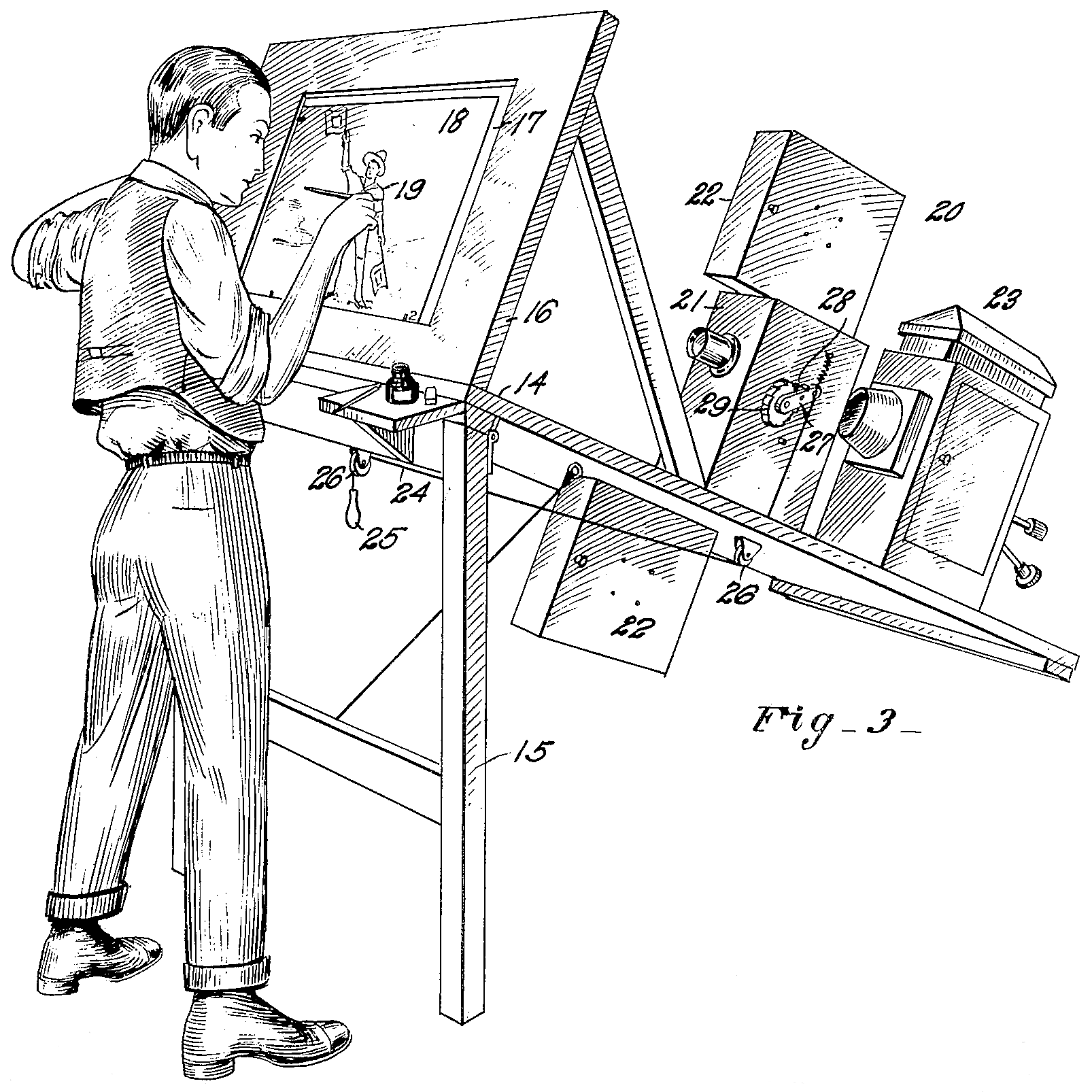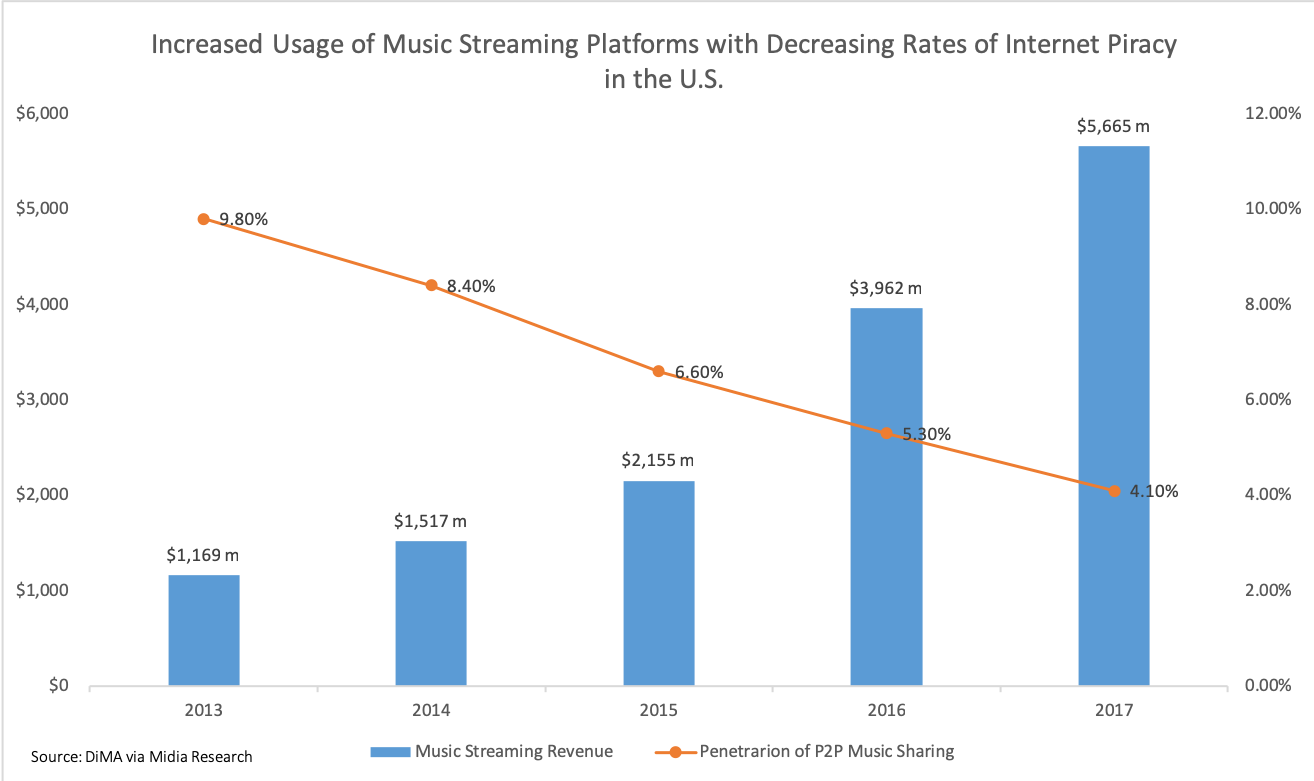|
EditDV
EditDV was a video editing software released by Radius, Inc. in late 1997 as an evolution of their earlier Radius Edit product. EditDV was one of the first products providing professional-quality editing of the then new DV format at a relatively affordable cost ($999 including Radius FireWire capture card) and was named "The Best Video Tool of 1998". Originally EditDV was available for Macintosh only but in February 2000 EditDV 2.0 for Windows was released. With version 3.0 EditDV's name was changed to CineStream. Features Originally bundled with a FireWire card, EditDV 1.5 got updated into a less expensive software only package for use with the newer PowerMac G3 that came with a FireWire interface. Later, a scaled down version named EditDV 1.6.1 Unplugged was released as a freeware version next to EditDV 2.0. Unlike many other applications at the time which transcoded video to M-JPEG for editing, EditDV provided lossless native editing of the DV format. Only transitions (su ... [...More Info...] [...Related Items...] OR: [Wikipedia] [Google] [Baidu] |
Radius (hardware Company)
Radius Inc. was an American computer hardware firm founded in May 1986 by Burrell Smith, Mike Boich, Matt Carter, Alain Rossmann and joined by other members of the original Macintosh team like Andy Hertzfeld. The company specialized in Macintosh peripherals and accessory equipment. It completed its IPO in June 1990. Their products included processor upgrade cards (Radius Accelerator) bringing Motorola 68020 processors to earlier Macintosh systems; graphics accelerators (Radius QuickColor); television tuners (RadiusTV); video capture cards (VideoVision); color calibrators (PrecisionColor); multi-processor systems (Radius Rocket) for 3D rendering and multiple OS sessions; high-end video adapters and monitors. History The first Radius product was the Radius Full Page Display, the first large screen available for any personal computer. First available for the Macintosh Plus, it pioneered the concept of putting multiple screens in a single coordinate space, allowing users to dra ... [...More Info...] [...Related Items...] OR: [Wikipedia] [Google] [Baidu] |
QuickTime
QuickTime is an extensible multimedia framework developed by Apple Inc., capable of handling various formats of digital video, picture, sound, panoramic images, and interactivity. Created in 1991, the latest Mac version, QuickTime X, is available for Mac OS X Snow Leopard up to macOS Mojave. Apple ceased support for the Windows version of QuickTime in 2016, and ceased support for QuickTime 7 on macOS in 2018. As of Mac OS X Lion, the underlying media framework for QuickTime, QTKit, was deprecated in favor of a newer graphics framework, AVFoundation, and completely discontinued as of macOS Catalina. Overview QuickTime is bundled with macOS. QuickTime for Microsoft Windows is downloadable as a standalone installation, and was bundled with Apple's iTunes prior to iTunes 10.5, but is no longer supported and therefore security vulnerabilities will no longer be patched. Already, at the time of the Windows version's discontinuation, two such zero-day vulnerabilities (b ... [...More Info...] [...Related Items...] OR: [Wikipedia] [Google] [Baidu] |
1997 Software
File:1997 Events Collage.png, From left, clockwise: The movie set of ''Titanic'', the highest-grossing movie in history at the time; ''Harry Potter and the Philosopher's Stone'', is published; Comet Hale-Bopp passes by Earth and becomes one of the most observed comets of the 20th century; Golden Bauhinia Square, where sovereignty of Hong Kong is handed over from the United Kingdom to the People's Republic of China; the 1997 Central European flood kills 114 people in the Czech Republic, Poland, and Germany; Korean Air Flight 801 crashes during heavy rain on Guam, killing 229; Mars Pathfinder and Sojourner land on Mars; flowers left outside Kensington Palace following the death of Diana, Princess of Wales, in a car crash in Paris., 300x300px, thumb rect 0 0 200 200 Titanic (1997 film) rect 200 0 400 200 Harry Potter rect 400 0 600 200 Comet Hale-Bopp rect 0 200 300 400 Death of Diana, Princess of Wales rect 300 200 600 400 Handover of Hong Kong rect 0 400 200 600 Mars Path ... [...More Info...] [...Related Items...] OR: [Wikipedia] [Google] [Baidu] |
Final Cut Pro
Final Cut Pro is a series of non-linear editing, non-linear video editing software programs first developed by Macromedia, Macromedia Inc. and later Apple Inc. The most recent version, Final Cut Pro 10.6.4, runs on Macintosh, Mac computers powered by macOS Big Sur 11.5.1 or later. The software allows users to log and transfer video onto a hard drive (internal or external), where it can be edited, processed, and output to a wide variety of formats. The fully rewritten Final Cut Pro X was introduced by Apple in 2011, with the last version of the legacy Final Cut Pro being version 7.0.3. Since the early 2000s, Final Cut Pro has developed a large and expanding user base, mainly video hobbyists and independent filmmakers. It has also made inroads with film and television editors who have traditionally used Avid Technology's Media Composer. According to a 2007 SCRI study, Final Cut Pro made up 49% of the United States professional editing market, with Avid at 22%. A published survey in ... [...More Info...] [...Related Items...] OR: [Wikipedia] [Google] [Baidu] |
Autodesk Media And Entertainment
Autodesk Media and Entertainment is a division of Autodesk which offers animation and visual effects products, and was formed by the combination of multiple acquisitions. In 2018, the company began operating as a single operating segment and reporting unit. History Discreet Logic Montreal-based Discreet Logic was founded in 1991 by former Softimage Company sales director Richard Szalwinski, to commercialize the 2D compositor Eddie, licensed from Australian production company Animal Logic. Eddie was associated with Australian software engineer Bruno Nicoletti, who later founded visual effects software company The Foundry, in London, England. In 1992, Discreet Logic entered into a European distribution agreement with Softimage, and shifted its focus on Flame, one of the first software-only image compositing products, developed by Australian Gary Tregaskis. Flame, which was originally named Flash, was first shown at NAB in 1992, ran on the Silicon Graphics platform, and beca ... [...More Info...] [...Related Items...] OR: [Wikipedia] [Google] [Baidu] |
Rotoscoping
Rotoscoping is an animation technique that animators use to trace over motion picture footage, frame by frame, to produce realistic action. Originally, animators projected photographed live-action movie images onto a glass panel and traced over the image. This projection equipment is referred to as a rotoscope, developed by Polish-American animator Max Fleischer, and the result is a rotograph. This device was eventually replaced by computers, but the process is still called rotoscoping. In the visual effects industry, ''rotoscoping'' is the technique of manually creating a matte for an element on a live-action plate so it may be composited over another background. Chroma key is more often used for this, as it is faster and requires less work, but rotoscopy provides a higher level of accuracy and is often used in conjunction with chroma-keying. It may also be used if the subject is not in front of a green (or blue) screen, or for practical or economic reasons. Technique ... [...More Info...] [...Related Items...] OR: [Wikipedia] [Google] [Baidu] |
MacAddict
''MacLife'' (stylized as ''Mac, Life'') is an American monthly magazine published by Future US. It focuses on the Macintosh personal computer and related products, including the iPad and iPhone. It’s sold as a print product on newsstands, and an interactive and animated app edition through the App Store. Between September 1996 and February 2007, the magazine was known as ''MacAddict''. History ''MacLife'' is one of two successor magazines to the defunct '' CD-ROM Today''. First published in 1993 by Imagine Publishing (now Future US), ''CD-ROM Today'' was targeted at both Windows and Macintosh users, and each issue shipped with a CD-ROM of shareware and demo programs. In August 1996, ''CD-ROM Today'' ceased publication, with two magazines taking its place: ''MacAddict'' for Macintosh users, and ''boot'' (now '' Maximum PC'') for Windows users. As was the case with ''CD-ROM Today'', ''MacAddicts discs included shareware and demo programs, but also came with other added fea ... [...More Info...] [...Related Items...] OR: [Wikipedia] [Google] [Baidu] |
Streaming Media
Streaming media is multimedia that is delivered and consumed in a continuous manner from a source, with little or no intermediate storage in network elements. ''Streaming'' refers to the delivery method of content, rather than the content itself. Distinguishing delivery method from the media applies specifically to telecommunications networks, as most of the traditional media delivery systems are either inherently ''streaming'' (e.g. radio, television) or inherently ''non-streaming'' (e.g. books, videotape, audio CDs). There are challenges with streaming content on the Internet. For example, users whose Internet connection lacks sufficient bandwidth may experience stops, lags, or poor buffering of the content, and users lacking compatible hardware or software systems may be unable to stream certain content. With the use of buffering of the content for just a few seconds in advance of playback, the quality can be much improved. Livestreaming is the real-time delivery of ... [...More Info...] [...Related Items...] OR: [Wikipedia] [Google] [Baidu] |
PC Magazine
''PC Magazine'' (shortened as ''PCMag'') is an American computer magazine published by Ziff Davis. A print edition was published from 1982 to January 2009. Publication of online and offline, online editions started in late 1994 and have continued to the present day. Overview ''PC Magazine'' provides reviews and previews of the latest personal computer hardware, hardware and software for the information technology professional. Articles are written by leading experts including John C. Dvorak, whose regular column and "Inside Track" feature were among the magazine's most popular attractions. Other regular departments include columns by long-time editor-in-chief Michael J. Miller (corporate executive), Michael J. Miller ("Forward Thinking"), Bill Machrone, and Jim Louderback, as well as: * "First Looks" (a collection of reviews of newly released products) * "Pipeline" (a collection of short articles and snippets on computer-industry developments) * "Solutions" (which includes ... [...More Info...] [...Related Items...] OR: [Wikipedia] [Google] [Baidu] |
Audio Video Interleave
Audio Video Interleave (also Audio Video Interleaved and known by its initials and filename extension AVI, usually pronounced ), is a proprietary multimedia container format and Windows standard introduced by Microsoft in November 1992 as part of its Video for Windows software. AVI files can contain both audio and video data in a file container that allows synchronous audio-with-video playback. Like the DVD video format, AVI files support multiple streaming audio and video, although these features are seldom used. Many AVI files use the file format extensions developed by the Matrox OpenDML group in February 1996. These files are supported by Microsoft, and are unofficially called "AVI 2.0". In 2010 the US government's National Archives and Records Administration defined AVI as the official wrapper for preserving digital video. History Publishers faced a predicament regarding how they should distribute videos on CD-ROMs. Thirty seconds of video displayed in 24-bit col ... [...More Info...] [...Related Items...] OR: [Wikipedia] [Google] [Baidu] |
QuickTime File Format
QuickTime File Format (QTFF) is a computer file format used natively by the QuickTime framework. Design The format specifies a multimedia container file that contains one or more tracks, each of which stores a particular type of data: audio, video, or text (e.g. for subtitles). Each track either contains a digitally-encoded media stream (using a specific format) or a data reference to the media stream located in another file. Tracks are maintained in a hierarchical data structure consisting of objects called atoms. An atom can be a parent to other atoms or it can contain media or edit data, but it is not supposed to do both. The ability to contain abstract data references for the media data, and the separation of the media data from the media offsets and the track edit lists means that QuickTime is particularly suited for editing, as it is capable of importing and editing in place (without data copying). Other later-developed media container formats such as Microsoft's Advance ... [...More Info...] [...Related Items...] OR: [Wikipedia] [Google] [Baidu] |
Lossless Compression
Lossless compression is a class of data compression that allows the original data to be perfectly reconstructed from the compressed data with no loss of information. Lossless compression is possible because most real-world data exhibits statistical redundancy. By contrast, lossy compression permits reconstruction only of an approximation of the original data, though usually with greatly improved compression rates (and therefore reduced media sizes). By operation of the pigeonhole principle, no lossless compression algorithm can efficiently compress all possible data. For this reason, many different algorithms exist that are designed either with a specific type of input data in mind or with specific assumptions about what kinds of redundancy the uncompressed data are likely to contain. Therefore, compression ratios tend to be stronger on human- and machine-readable documents and code in comparison to entropic binary data (random bytes). Lossless data compression is used in ma ... [...More Info...] [...Related Items...] OR: [Wikipedia] [Google] [Baidu] |


